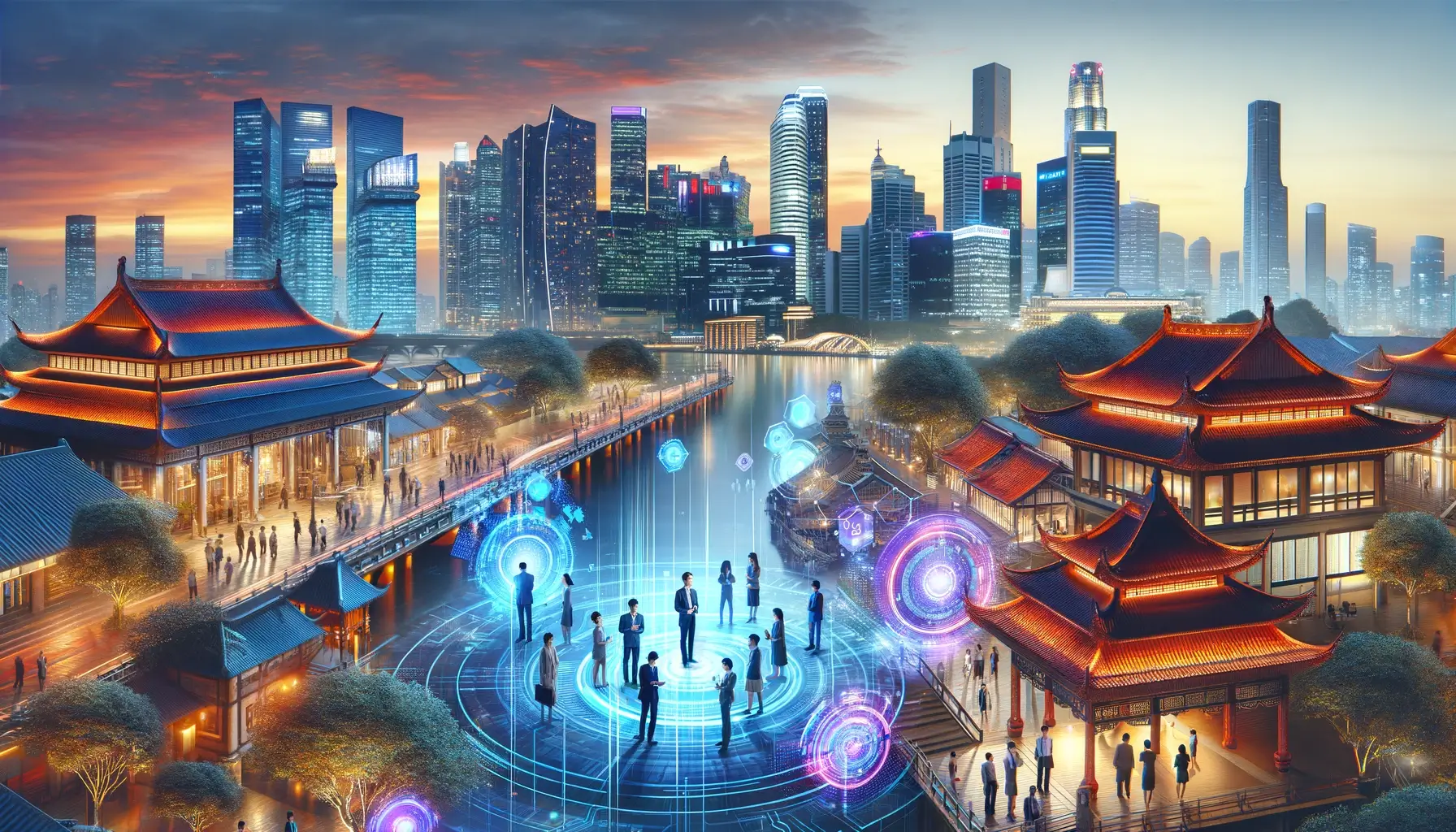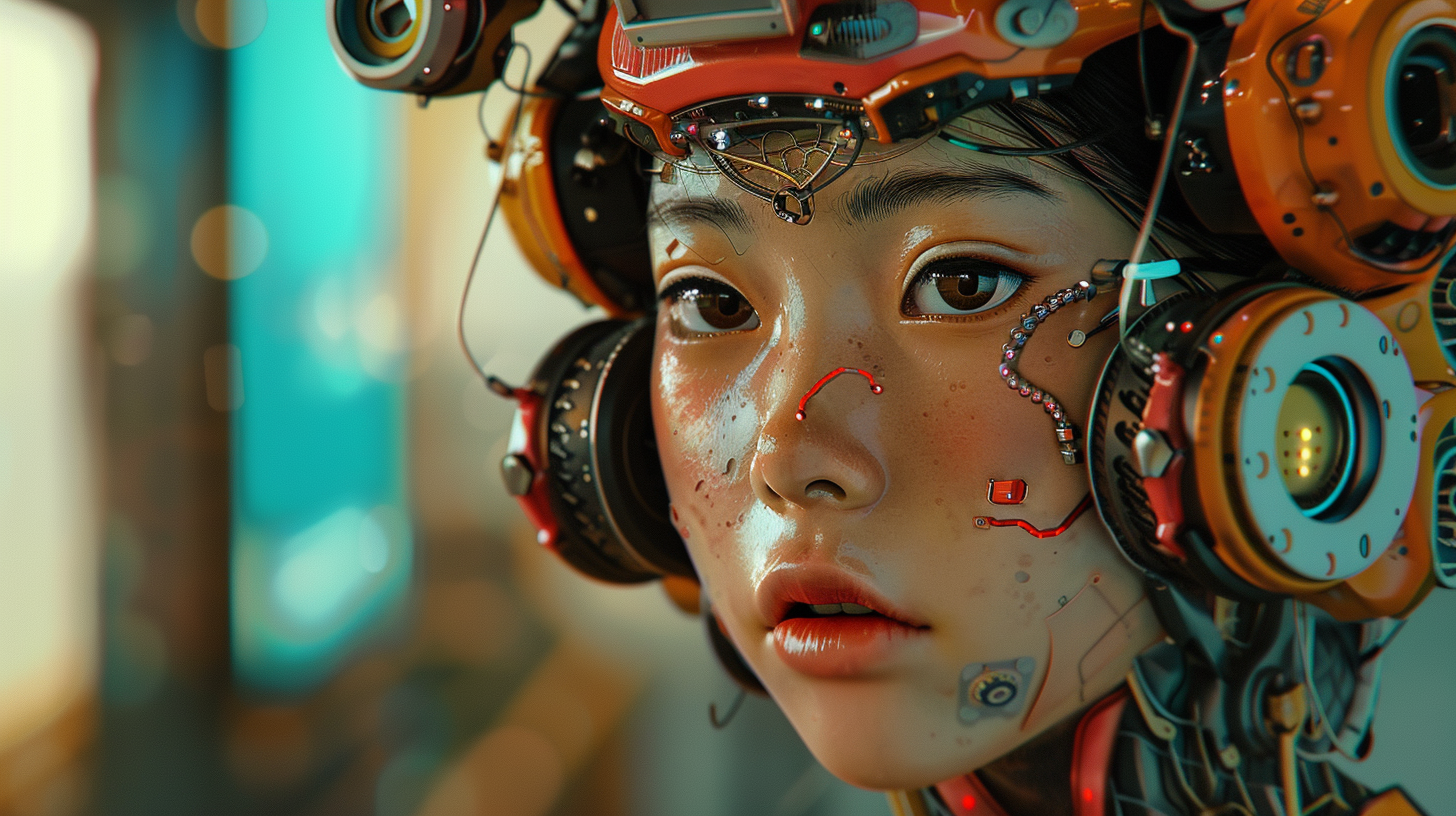TL;DR:
- Multimodal AI is set to revolutionise problem-solving by integrating diverse data types.
- Autonomous agents are poised to transform customer experiences and reduce costs across industries.
- AI startups are booming in Asia, driving innovation and specialised solutions.
- Ethical AI governance is becoming crucial for responsible development and deployment.
- Post-quantum cryptography is essential for countering emerging cybersecurity threats.
AGI: A Glimpse into the Future
Artificial Intelligence (AI) and Artificial General Intelligence (AGI) are reshaping the technological landscape in Asia. While generative AI continues to captivate the world, several other trends are emerging that hold immense potential for businesses across the continent. In this article, we explore five key trends set to transform Asia’s AI and AGI scene in 2024.
1. Multimodal AI: A Holistic Approach to Complex Problems
Multimodal AI is a game-changer for businesses, as it combines speech, text, images, and other data types to generate insights from diverse sources. This innovative approach leads to superior performance and a more comprehensive understanding of complex problems. With groundbreaking models like GPT-4, Llama 2, and Mistral, Asian businesses can harness the power of multimodal AI to drive growth and innovation.
2. Autonomous Agents: The Future of Intelligent Automation
Autonomous agents are AI systems that learn, adapt, and make decisions independently, with minimal human intervention. These intelligent systems are set to revolutionise customer experiences and support various industries, including travel and retail. By reducing costs and human involvement, autonomous agents will help Asian businesses stay competitive in the global market.
3. AI Startups: Driving Innovation Across Asia
Generative AI has sparked a surge in AI startups across Asia, resulting in more specialised and sophisticated offerings. According to Forrester analyst Rowan Curran, “Asian startups are pushing the boundaries of AI innovation.” As we move beyond chatbots, expect to see tailor-made solutions for specific applications and industries.
4. AI Governance: Ensuring Ethical Development and Responsibility
As AI adoption grows, the need for robust governance becomes increasingly important. Monitoring and evaluating AI systems to ensure ethical behaviour and regulatory compliance is crucial for responsible development. Addressing intellectual property concerns and mitigating “hallucination” (false information) are key aspects of AI governance in Asia.
5. Cybersecurity Standards: Combating Quantum Threats with Post-Quantum Solutions
Emerging threats require stronger cybersecurity measures. The rise of quantum technology demands “post-quantum cryptography” – encryption algorithms resistant to quantum threats. As the conversation around quantum computing grows, Asian businesses must adapt to new cybersecurity standards to protect their assets and customers.
Embrace the Future of AI and AGI in Asia With These AGI Advancements
By understanding and adopting these trends, businesses can gain a competitive edge and pave the way for innovative solutions across industries. Embrace the power of AI and AGI responsibly, and watch your business soar to new heights.
How do you think these AI and AGI trends will impact your life or business in Asia? Share your thoughts below and don’t forget to subscribe for updates on the latest AI and AGI developments. Let’s build a community of AI enthusiasts together!
You may also like:




 Prompts1 month ago
Prompts1 month ago


 Life2 months ago
Life2 months ago


 Life2 months ago
Life2 months ago


 Business2 months ago
Business2 months ago


 Business2 months ago
Business2 months ago


 Learning2 months ago
Learning2 months ago


 Marketing2 months ago
Marketing2 months ago


 Business2 months ago
Business2 months ago




















